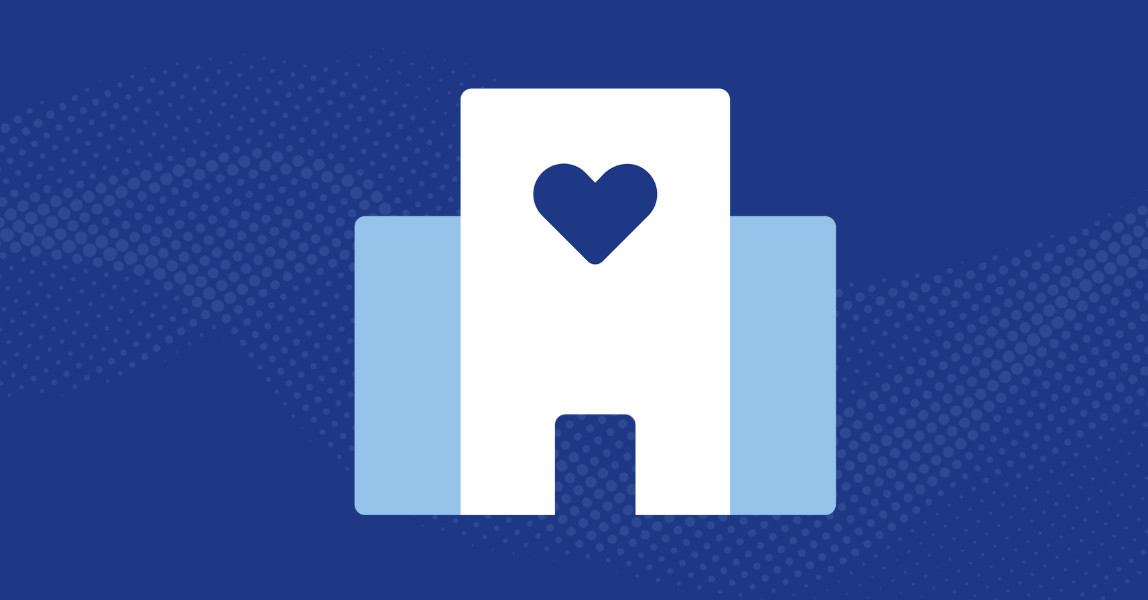Virtual Health Care pushes the boundaries

Calvary has sustained the compassionate and high-quality delivery of health care for 136 years by adapting our service delivery to meet the changing needs of Australians. In 2019 Calvary began an ambitious growth strategy to expand and enhance the way we deliver care. The strategy recognises the increasingly transformative effect digital technology is having on the healthcare industry and led to the formation of a joint venture between Calvary and Medibank.
Digitally enabled hospital care in the home
On January 25, 2021 the joint venture began delivery of the My Home Hospital program, on behalf of Wellbeing South Australia, using a centralised Virtual Care Centre (VCC) established in Calvary Adelaide Hospital. The VCC coordinates the care for patients remotely and in-person visits from care providers. Patients receive a pack that includes a pulse oximeter, blood-pressure machine, thermometer, weight scales and an iPad, to enable interaction with the VCC to support their individualised care. The feedback from patients is that the home setting imparts greater participation and control over their care:
"I had the iPad and the equipment to do the obs. My daughter helped me. The service did what they said they would and followed up with phone calls and nurse visits. What I liked most about the service was being at home in my own environment. The nurses were always on time and were very good. My daughter helped and my partner helped. I would most definitely use this service again. I would recommend this service for everyone. It was great. They should do it more often. A lot of people don’t like going to hospital and would rather stay at home. That way they could save the bed for someone else with more serious injuries."
Patients, their carers and loved ones are supported by a specialised team devoted to assisting them, including supporting their digital literacy through the use of technology.
"The tech was very clever. I’m computer literate but I’ve been out of the industry for some time so am not fully up to date with the latest stuff. It was intriguing to be able to take my own observations. The doctors and the video calls were excellent. I had a lot of fun trying to line my foot up with the camera! I’m absolutely delighted with it and I’ve been telling people all about it. My cousin in Victoria was amazed. I can’t speak too highly of the service."
From January 2021 to March 2022 My Home Hospital has provided care to more than 3,493 patients. It has demonstrated high quality and safety, with a lower rate of reportable hospital-acquired complications than traditional hospital settings. And patient care experiences are very positive, with 90% reporting that the quality of their treatment was either “very good” or “good”.
Introducing COVID Care at Home virtual care, in step with the broader health eco-systems
In 2021, in light of the continued challenges brought on by the pandemic, the Calvary- Medibank joint venture built on the VCC capability to establish COVID Care at Home (CCAH), a virtual hospital service for COVID-positive patients. The first CCAH program launched in August 2021 on behalf of Western Sydney Local Health District, following a one-week co-design period. CCAH offers a full suite of care from triage assessment through to discharge from isolation. It includes adult and paediatric patients, supporting low through to high-risk categories of disease, with a minimum of a daily phone call, and monitoring using biometric devices such as pulse oximeters and thermometers. Care is provided by a multi-disciplinary team including non-clinical, nursing and medical staff. Importantly, the program supports linkages to broader social needs, such as food, medications, mental health services and welfare checks.
Ability to scale up rapidly to meet consumer demand
During September to November 2021 the program needed to rapidly expand its workforce to accommodate the various outbreak waves, peaking at about 500 full-time equivalent employees contacting more than 3000 patients a day. While health systems struggled to attract a clinical workforce, CCAH was able to readily engage staff looking to explore virtual-care employment, given the roles offered respite from front-line challenges and potential exposure of the staff and their families. On December 20, 2021 Queensland Health contracted the joint venture following the opening of borders and a surge in infection rates higher than the Queensland public health and hospital systems could handle. A highly collaborative and rapid co-design process enabled the first patients to be admitted to the service four days later on Christmas Eve.
Introducing AI to rapidly escalate critical patients
In early January 2022 it became clear that the demand being created by Omicron would outstrip the newly created joint capacity. Foreshadowing this crisis, the CCAH team partnered to introduce a digital assistant using bot technology. This artificial intelligence tool supported our human workforce by making initial screening calls to patients, using short “clinician defined” questions. This allowed the service to quickly identify higher risk vulnerable patients and stream them more rapidly to clinical and social support programs. More than 65% of patients contacted completed their initial risk screen this way, with more than 90,000 adult and paediatric patients screened during the first five weeks.
Meeting the needs of rural, remote, CALD and ATSI communities
In early January 2022 the joint venture began COVID support for Western Australia. Given WA had no prior experience with COVID it was even more important to work in collaboration with the broader system to design, educate and co-deliver a service to meet the specific needs of the jurisdiction. This included taking into consideration a model that could support the very large geography and diverse population, including rural and remote populations that did not have ready access to hospital facilities, and Aboriginal and Torres Strait Islander communities that were hesitant in accessing services. To date the program has been referred more than 20,000 patients with a pleasing 20% being from indigenous communities. This compares favorably with 4% of the WA population identifying as ATSI. Recently the service has begun supporting patients requiring anti-viral medications for disease-modification treatment and who do not have access to a general practitioner. Our partner GPs assess these patients and prescribe their important medications through telehealth.
"I would like to say thank you for your calls during my time in isolation with COVID. Being an aged person on your own can be frightening especially with COVID. But I was able to do my own check with temperature, oxygen pulse and diabetes which was very useful. Put my mind at ease, so I was able to make a good recovery. I experienced mild symptoms which was managed. I was prescribed anti-viral capsules which helped. I was supported by my local doctor, Aboriginal Health and your services. I’m very happy with receiving the daily calls to monitor my health. Thank you again."
COVID Care at Home, since commencing in August 2021, has now supported more than 179,000 patients in communities across NSW, Victorian, Queensland and WA in their homes, caring for them at their most vulnerable, in isolation with a disease with varying effects. A key learning from this experience is that agile, scalable and effective virtual health care doesn’t come from the traditional commissioning and procurement processes. It requires system players (public and private) to engage in co-design and co-production, to create better experiences and outcomes for patients and staff.
Originally published in Catholic Health Australia 'Health Matters'Special Conference Edition' August 2022

